Welcome to Railway Signalling & Communication Engineering,
Today is
中文
Current Issue
-
Research on Heavy Haul Group Train Operation Control System
-
Zhang Chendong, Wang Wenbin
-
2024 Vol. 21 (7):
1-6.
DOI:10.3969/j.issn.1673-4440.2024.07.001
-
Abstract (
)
PDF
(1051KB)(
)
-
Traditional train control system has reached a bottleneck in tracking interval and transportation capacity. The group train operation control system breaks the traditional blocking system and achieves tight tracking of trains in sections, efficient reception and departure within stations based on wireless communication and dynamic collaborative control. This paper analyzes requirements and designs system architecture of group operation control, and researches on key techniques such as communication, positioning, integrity, dynamic collaborative tracking and group plan management, which lays a foundation for further capacity improvement, railway transportation safety, compatibility, and building a safe, efficient, advanced and economical train control system.
-
-
Method of ATO Line Data Processing for Conventional-speed Railway
-
Wang Peng, Wu Peidong, Chen Zhiqiang
-
2024 Vol. 21 (7):
7-12,40.
DOI:10.3969/j.issn.1673-4440.2024.07.002
-
Abstract (
)
PDF
(1012KB)(
)
-
This paper introduces a method for processing line data applicable to conventional-speed railways. Ground equipment stores line data in balises form and sends route data and section data to on-board equipment through vehicle-ground wireless communication. The on-board ATO equipment links and orders the balise lists and determines their positions, then collates and integrates the contents described in the section and route data to form continuous line data between stations for use by ATO. This method does not require vehicle-ground wireless communication on the entire line. On-board equipment can predict the line conditions between stations in advance and can still obtain line data after the section is restarted, which has high availability.
-
-
Research on Cases and Solutions of Traction Return Channel Impediment#br#
#br#
-
Xu Huasha
-
2024 Vol. 21 (7):
13-19.
DOI:10.3969/j.issn.1673-4440.2024.07.003
-
Abstract (
)
PDF
(5647KB)(
)
-
The poor traction return channel will lead to track circuit power frequency and harmonic interference, track insulation burning, bring harm to the safety of train operation. This paper focus on three typical cases of power frequency interference and insulation burning accident on site, analyzes through centralized monitoring voltage curve fluctuation and dynamic detection of power frequency interference curve, and conducts on-site inspection and testing of abnormal positions. It is found that the unreasonable setting of return channel in the station and the improper connection mode of the section boosting cable will cause the obstruction of traction return channel. Combined with the actual scene and engineering experience, three different solutions for the single line semi-automatic block station, double line sections and EMU operation semi-automatic block section are proposed. The solution can greatly reduce the emergency braking problems caused by excessive power frequency interference, insulation burning and harmonic interference, so as to ensure the safety of train operation.
-
-
Novel Design of MVB Gateway
-
Li Jin
-
2024 Vol. 21 (7):
20-26.
DOI:10.3969/j.issn.1673-4440.2024.07.004
-
Abstract (
)
PDF
(1238KB)(
)
-
In this paper, a new MVB bus gateway is designed and implemented. By analyzing the physical waveform differences between MVB ESD+ and MVB EMD buses and the gateway latency index requirements, the interconnection problem between ESD+ and EMD buses is solved by using FPGA to realize efficient bidirectional conversion of waveforms at the physical layer. The gateway is universal, plug-and-play, and does not require complex port configuration. The test results show that the designed gateway fully meets the specification requirements.
-
-
Discussion on Digital Transformation Scheme of Railway Signal Machine Room#br#
-
Dong Wenwu
-
2024 Vol. 21 (7):
27-33.
DOI:10.3969/j.issn.1673-4440.2024.07.005
-
Abstract (
)
PDF
(933KB)(
)
-
The number of devices in the railway signal machine room is very large and increasingly complex. For non-intelligent equipment such as relay circuit modules and cable wiring in the interlocking system, when a signal fault occurs, manual troubleshooting is extremely difficult due to the lack of computer information processing means. This paper studies how to realize the digital transformation of this kind of equipment, and then develops towards informatization, intelligence and remote visualization to support the operation and management of current signaling equipment, especially the signaling equipment in the unattended machine room. Through the design of signaling equipment physical modeling, data configuration, information awareness and information mapping, information display and dynamic management and other programs, based on the centralized signaling monitoring system, the digital transformation of the railway signal machine room is realized.
-
-
Discussion on Current Situation and Solutions of Railway Signaling Vocational Education in Post-high-speed Rail Era
-
Chen Xinran
-
2024 Vol. 21 (7):
34-40.
DOI:10.3969/j.issn.1673-4440.2024.07.006
-
Abstract (
)
PDF
(933KB)(
)
-
To address the current issues of insufficient teaching resources, unstable faculty, and inadequate practical training in railway signaling vocational education in China, a direction and approach aligned with the development needs in the post-high-speed rail era is proposed in this paper. By establishing a railway vocational education alliance, building a specialized railway vocational training system, enhancing vocational training guidance, and establishing a railway vocational education evaluation system, the railway vocational education can be standardized. Finally, this paper takes the vocational education in railway signal automatic control as an example to explore a new approach of integrating industry and academia in vocational education.
-
-
Research on Key Technologies of Cloud-Edge-End Collaborative System in Smart Rail Transit
-
Zhao Yao
-
2024 Vol. 21 (7):
41-48.
DOI:10.3969/j.issn.1673-4440.2024.07.007
-
Abstract (
)
PDF
(1186KB)(
)
-
To address the challenges of accessing massive data and making reasonable use of information and communication infrastructure resources, this paper discusses the key technologies of the cloud-edge-end collaborative system in smart rail transit. The overall framework and technical architecture of smart rail transit systems are summarized, emphasizing and the common characteristics of the intelligent evolution of each professional system are presented. The management, processing capabilities, bandwidth occupancy, real-time and other characteristics of cloud centers, edge computing platforms and terminals are analyzed, cloud-edge collaboration methods for smart rail transit are studied, and matching system hierarchical architecture and network architecture are proposed. On this basis, taking the catenary intelligent maintenance system as an example, a typical system solution is proposed in which a single maintenance vehicle is equipped with edge computing nodes to integrate various intelligent terminals to achieve independent detection and maintenance capabilities, and is managed, optimized, and iterated through a cloud center. The cloud-edge-end collaborative system helps achieve effective integration between ubiquitous sensing , efficient processing, and information and communication infrastructure in rail transit, presenting broad prospects in smart rail transit.
-
-
Analysis of Layout Scheme of 5G Public Network in New-built Xi’an-Ankang High-speed Railway#br#
-
Qiang Changjun
-
2024 Vol. 21 (7):
49-54.
DOI:10.3969/j.issn.1673-4440.2024.07.008
-
Abstract (
)
PDF
(1264KB)(
)
-
The poor quality of the public communication network on high-speed EMU trains has disturbed the communication of passengers and worsened their network experience. 5G public network deployment in the high-speed rail scenario is expected to solve the coordination and matching problem between advanced transportation and backward communication. Taking the newly built Xi'an-Ankang high-speed railway as an example, this paper analyzes the difficulties and characteristics of 5G public network layout along the high-speed railway, and puts forward corresponding layout schemes for public network coverage based on three different projects and landforms: tunnel section, bridge section and plain section.
-
-
Design and Implementation of CTC System with Safety Functions
-
Wei Feng
-
2024 Vol. 21 (7):
55-60.
DOI:10.3969/j.issn.1673-4440.2024.07.009
-
Abstract (
)
PDF
(848KB)(
)
-
This paper introduces the design and implementation scheme of a CTC system with safety functions. The CTC system identifies system safety functions through system risk analysis. Through the comprehensive application of system structure design, software security protection, system interaction mechanism design, and other security measures, the CTC system safety functions meet the SIL2 requirements and meet the design requirements of CTC systems with safety functions. The CTC system with safety functions has been applied in practical projects, and the next development direction is also proposed in this paper.
-
-
Research on Train Tracking Interval of Suburban Railway Based on CTCS2+ATO#br#
-
Zhang Wanqiang
-
2024 Vol. 21 (7):
61-69.
DOI:10.3969/j.issn.1673-4440.2024.07.010
-
Abstract (
)
PDF
(2170KB)(
)
-
This paper studies and calculates the train tracking intervals in section, at station and in turn-back section based on CTCS2+ATO suburban railway, comprehensively considering the influence of train length, running speed, train type, turnout speed limit, arrival-departure track layout, signaling system, on-board ATP control model, and station operation time, etc. This study provides theoretical support for the system design capability indicators, the train operation organization design of related projects, and the compilation of train graph.
-
-
Research on Regular Maintenance of Urban Rail Equipment Based on Reliability#br#
-
Li Jiajing
-
2024 Vol. 21 (7):
70-78,96.
DOI:10.3969/j.issn.1673-4440.2024.07.011
-
Abstract (
)
PDF
(1655KB)(
)
-
At present, the formulation of urban rail equipment maintenance cycle is subjective and it overly relies on maintenance guidance manuals, maintenance experience and so on. Based on this, a reliability based regular maintenance method of urban rail equipment is proposed in this paper. A reliability assessment model considering the external environment impact is constructed to accurately describe the reliability trend of urban rail equipment. In addition, a regular maintenance model based on the minimization of maintenance cost is constructed to optimize the regular maintenance cycle. This paper uses the actual fault data of a metro escalator equipment for analysis. The result shows that the reliability assessment model considering the external environmental impact has a smaller sum of squares error, and it can accurately express the impact of external temperature and humidity on operating state of the escalator equipment. Moreover, the proposed regular maintenance model can save the maintenance cost of the escalator equipment by about 4 220 RMB Yuan and reduce the maintenance cost by about 11.72% within 730 days. The research result of this paper can provide a reference for the maintenance of urban rail equipment.
-
-
Adaptability Analysis of Signaling CBTC System for Trains with 200 km/h Operation Speed#br#
-
Hou Jiali, Wang Peng, Zhang Jiaming
-
2024 Vol. 21 (7):
79-84,109.
DOI:10.3969/j.issn.1673-4440.2024.07.012
-
Abstract (
)
PDF
(1041KB)(
)
-
The highest operating speed of operational lines equipped with CBTC signaling system is 160 km/h. Aiming at the operation requirement of increasing the train operating speed to 200 km/h, this paper carries out adaptability analysis from several aspects such as basic equipment of signaling system, ATP/ATO equipment of signaling system, vehicle performance, trackside equipment layout, AC 25 kV power supply and vehicle-ground information transmission in wireless network, and proposes a solution. It can provide reference for further research on the configurations of CBTC signaling systems for 200km/h operating speed.
-
-
Research on Shared Hybrid Cloud Test Platform Operating in Urban Rail Transit Laboratory#br#
-
Zhi Ru, Jiao Fengxia, Xu Xin, Yang Peng
-
2024 Vol. 21 (7):
85-89,121.
DOI:10.3969/j.issn.1673-4440.2024.07.013
-
Abstract (
)
PDF
(1032KB)(
)
-
With the gradual advancement of the efforts to develop China’s transport strength, higher requirements have been put forward for the IT transformation of urban rail transit laboratories. Based on the technical framework of cloud computing, this paper proposes a scheme of shared cloud platform for testing, and builds an innovative new-generation laboratory for urban rail transit signaling in cloud environment. Thanks to the application of the VLAN and routing based communication technologies, partial coupled linkage can be achieved among the public cloud, the private cloud and the laboratory area. However, due to the limits on communication links of the public cloud, communication cannot be achieved with other areas within different network segments. Thanks to the innovative application of the VXLAN technology and the establishment of the layer-two communication tunnel, the needs for communication within the same network segment are addressed, so that more test scenarios can be established. The resulting hybrid cloud platform expands the business scope of and supports the digital transformation and intelligentization of urban rail transit laboratories.
-
-
Discussion and Research on Test Scheme of Signaling System of Fully Automatic Operation System#br#
-
Liu Bin, Jiao Fengxia
-
2024 Vol. 21 (7):
97-103.
DOI:10.3969/j.issn.1673-4440.2024.07.015
-
Abstract (
)
PDF
(1170KB)(
)
-
In response to such characteristics of FAO signaling systems for urban rail transit as high technical requirements and complex interface relationships, in view of such development trends of latest technologies as cloud-based FAO signaling systems, and in compliance with European standards, this paper proposes a test proposal for FAO signaling systems based on the “V” model cycle control method. It also analyzes the test purposes and test platforms and test items for various stages. Thus, it provides guidance and reference for the on-schedule opening of FAO projects in full functions by proposing a test method.
-
-
Analysis of Speed Measurement Scheme of Signaling System for Medium and Low Speed Maglev Line#br#
-
Du Shiyong, Hu Ying, Yu Guorong
-
2024 Vol. 21 (7):
104-109.
DOI:10.3969/j.issn.1673-4440.2024.07.016
-
Abstract (
)
PDF
(1228KB)(
)
-
The structure of medium and low speed maglev vehicles and tracks is fundamentally different from that of ordinary wheel rail transit systems. The traditional speed measurement scheme is no longer applicable to the medium and low speed maglev transit system, and a new speed measurement method needs to be reconstructed. This paper analyzes the speed measurement principle, speed measurement accuracy, engineering application, and engineering cost of the five speed measurement methods of the medium and low speed maglev line signaling system, and puts forward reasonable suggestions for the speed measurement of the medium and low speed maglev line signaling system.
-
-
Analysis and Optimization of Poor Shunting of Station Track Circuit
-
Wang Jian
-
2024 Vol. 21 (7):
110-114.
DOI:10.3969/j.issn.1673-4440.2024.07.017
-
Abstract (
)
PDF
(3335KB)(
)
-
As a commonly used standard for railway station track circuits, the safe and reliable operation of 25 Hz phase detecting track circuit is directly related to the safe and efficient operation of the railway network. However, poor shunting is still a typical technical problem in the application process of 25 Hz phase detecting track circuit. Based on a typical case of poor shunting in track circuit that occurred at a certain station, this paper deeply introduces the coping strategies for the problem of poor shunting of a 25 Hz phase detecting track circuit, and designs a variety of optimization and adjustment schemes and carries out comparative analysis. Finally, taking into account the causes of poor shunting and the characteristics of the 25 Hz phase detecting track circuit, practical application suggestions for the solution are given, which provides a necessary reference for solving the problem of poor shunting of the 25 Hz phase detecting track circuit in the field.
-
-
Application and Research of DC Time-limited Protection Device
-
Li Changqing
-
2024 Vol. 21 (7):
115-121.
DOI:10.3969/j.issn.1673-4440.2024.07.018
-
Abstract (
)
PDF
(955KB)(
)
-
In practical application, turnouts equipped with DC time-limited protection devices often fail to be operated successfully once, and return to normal after multiple operations, with unknown reasons, causing great trouble to on-site maintenance management and driving safety. This paper conducts an in-depth analysis of the difficult issues in the application of DC time-limited protection, and proposes two improvement schemes: increasing the spacing between relay contacts and connecting the resistance and capacitance components in parallel to the control relay contacts inside the DC time-limited protection device, so as to improve the safety and stability of the DC time-limited protection device.
-
-
Research on Supervision of Funds for Construction Projects by Urban Infrastructure Construction Units
-
Fu Ruiping
-
2024 Vol. 21 (7):
122-126.
DOI:10.3969/j.issn.1673-4440.2024.07.019
-
Abstract (
)
PDF
(741KB)(
)
-
The supervision of funds for urban infrastructure construction projects is a complex and crucial task, which involves the smooth progress of projects and the effective utilization of funds. In the construction process, effective fund supervision can not only ensure the smooth progress of projects and avoid delays caused by shortage of funds, but also play a vital role in the rational use of funds to ensure that funds are invested in the most needed key projects, so as to improve the overall investment efficiency. In addition, a transparent and efficient fund management mechanism can significantly enhance the confidence of investors and partners, and play a non-negligible role in building market credibility and attracting more investment. However, there are many problems in practice, such as the lack of transparency in the use of funds, the lack of capacity of supervisors, and the rigidity of the fund supervision process, which seriously affect the efficiency and effectiveness of fund supervision. In response to these problems, this paper proposes corresponding improvement measures, including establishing a sound communication mechanism, improving the transparency of fund use, strengthening the capacity training of supervisors, and improving the flexibility of fund supervision process, etc. These measures aim to strengthen the supervision of construction project funds by construction units and ensure the efficient and rational use of funds.
-
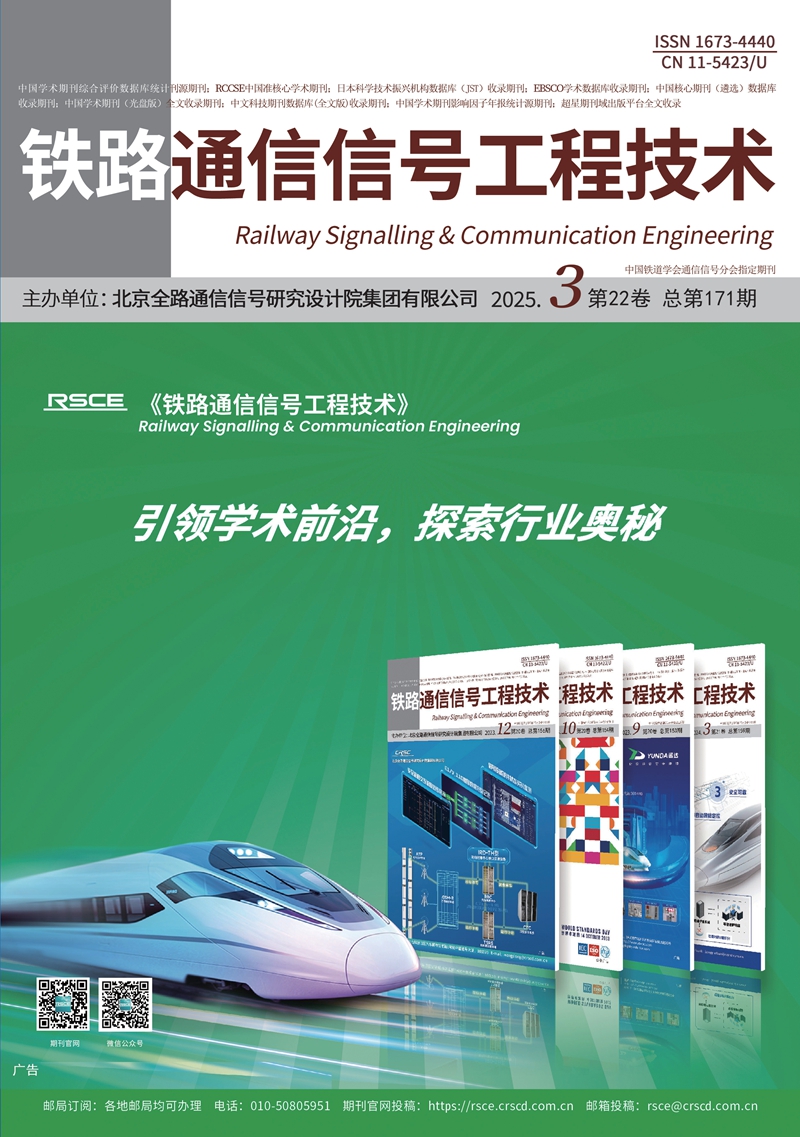
-
月刊
Monthly
-
第22卷 第3期 总第期
-
Vol.22 No.3 S.No.
-
出版:
2025-03-21
-
Published on:
-
创刊:2004 年
-
First Issue: 2004



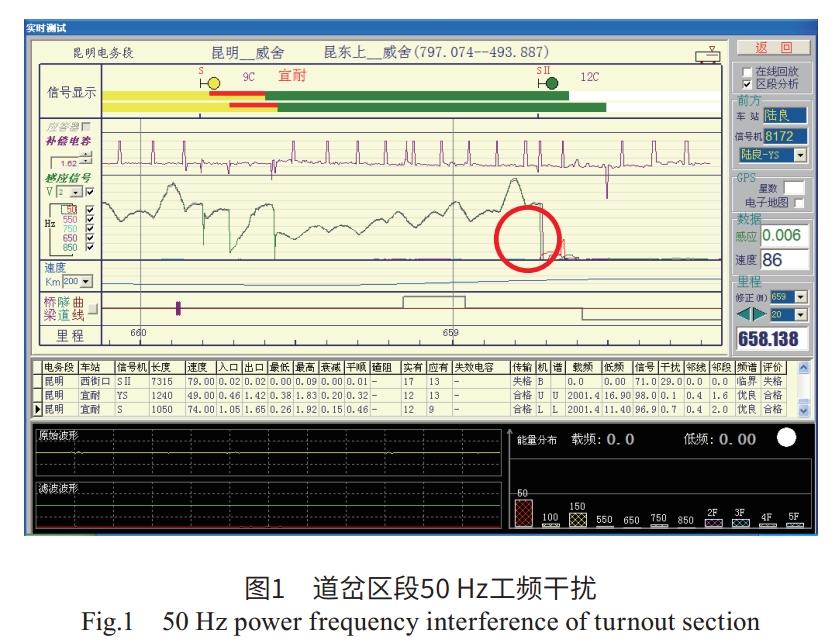

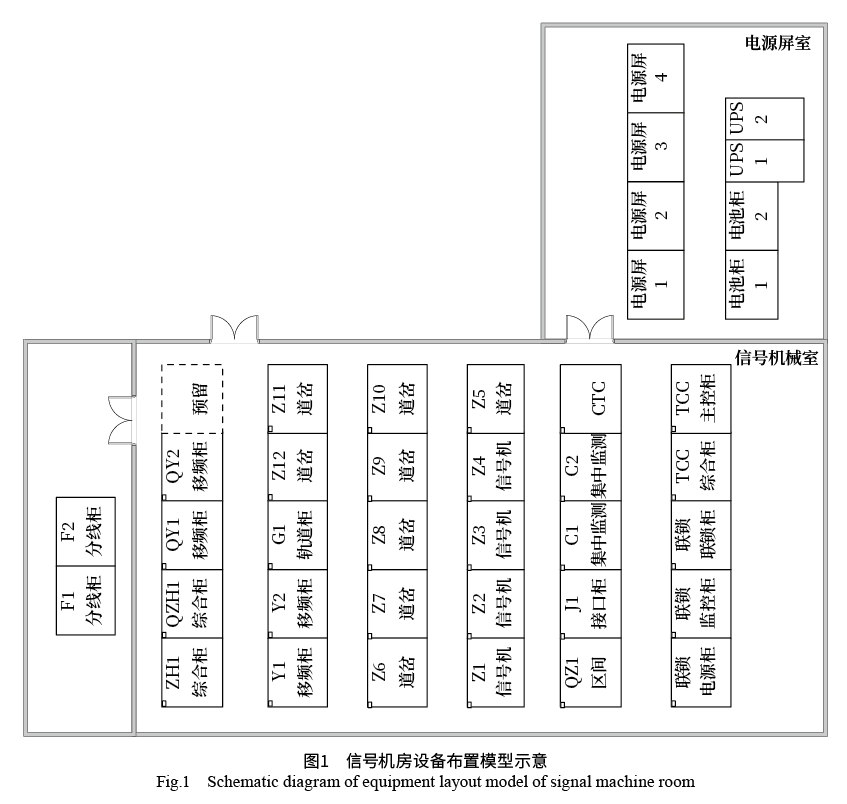

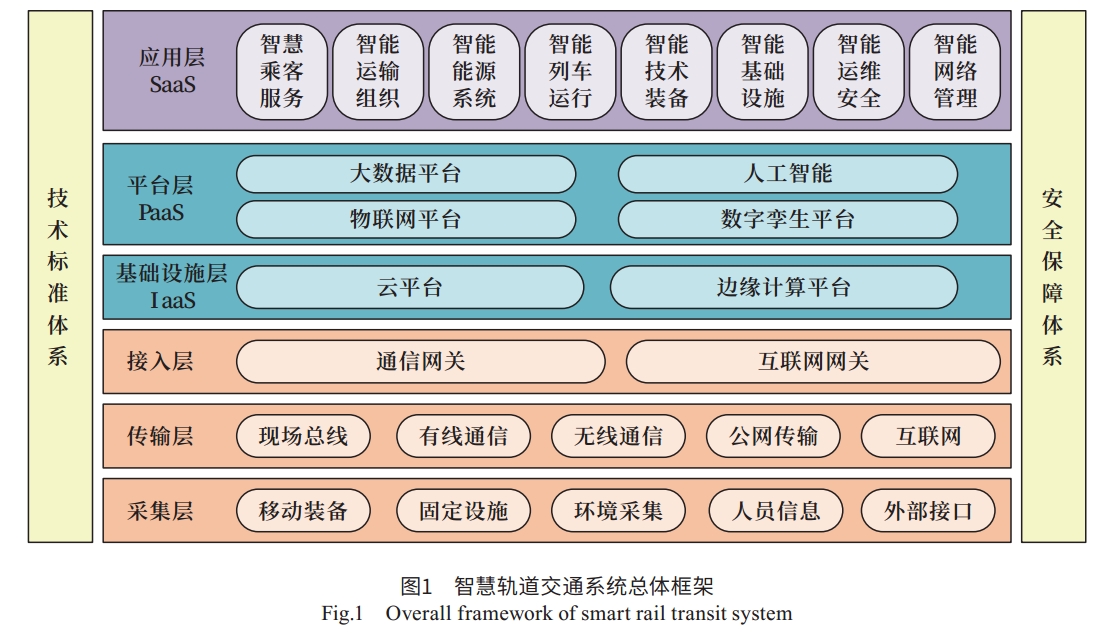
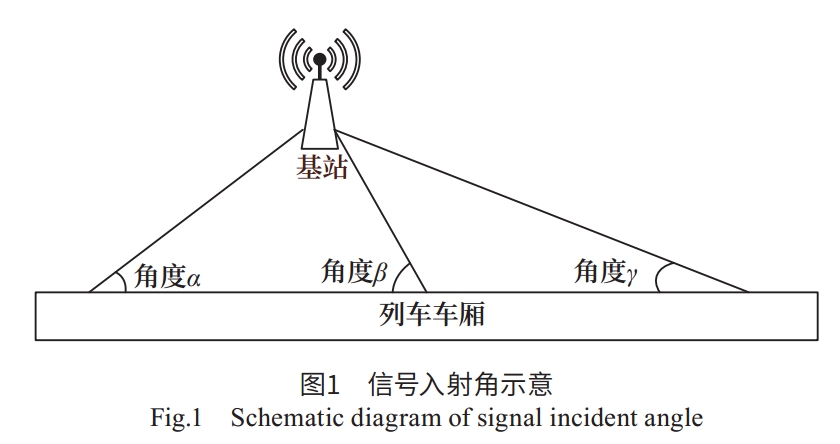
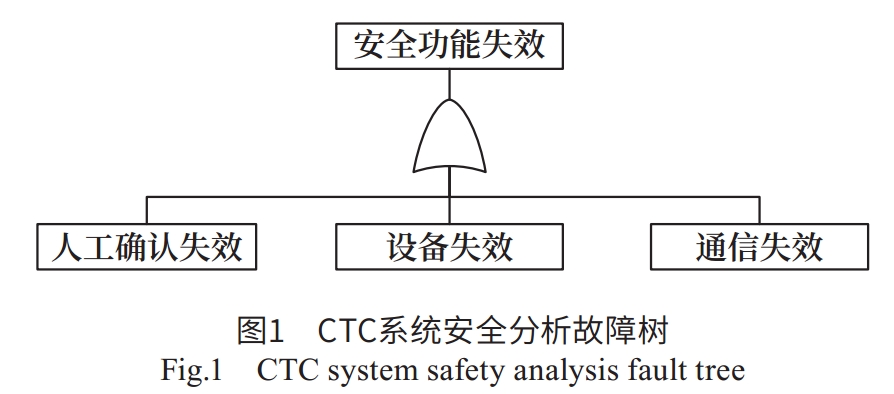


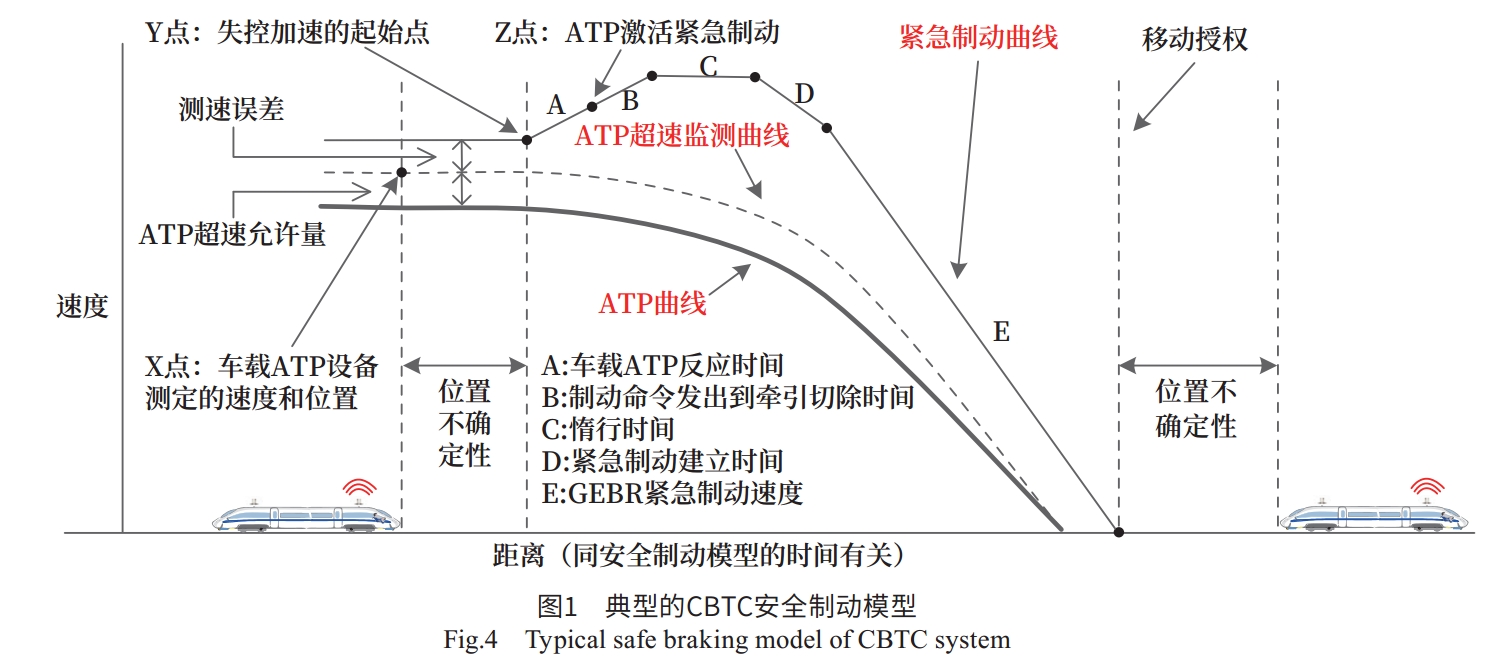
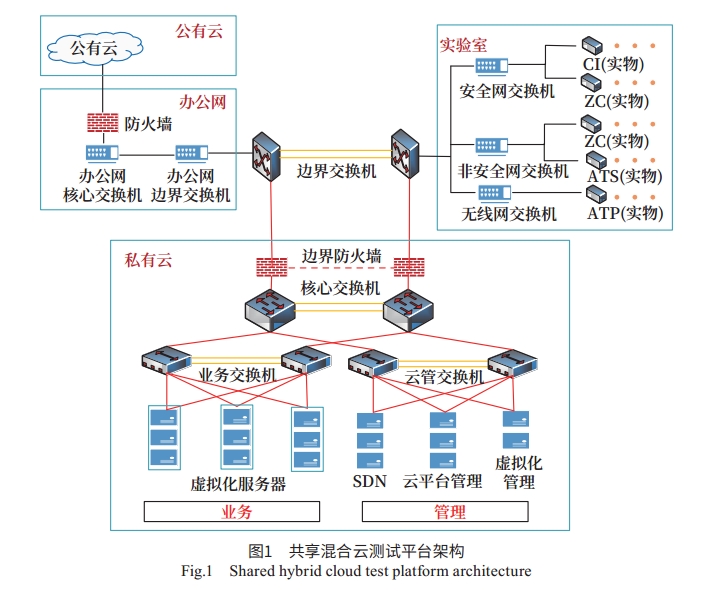
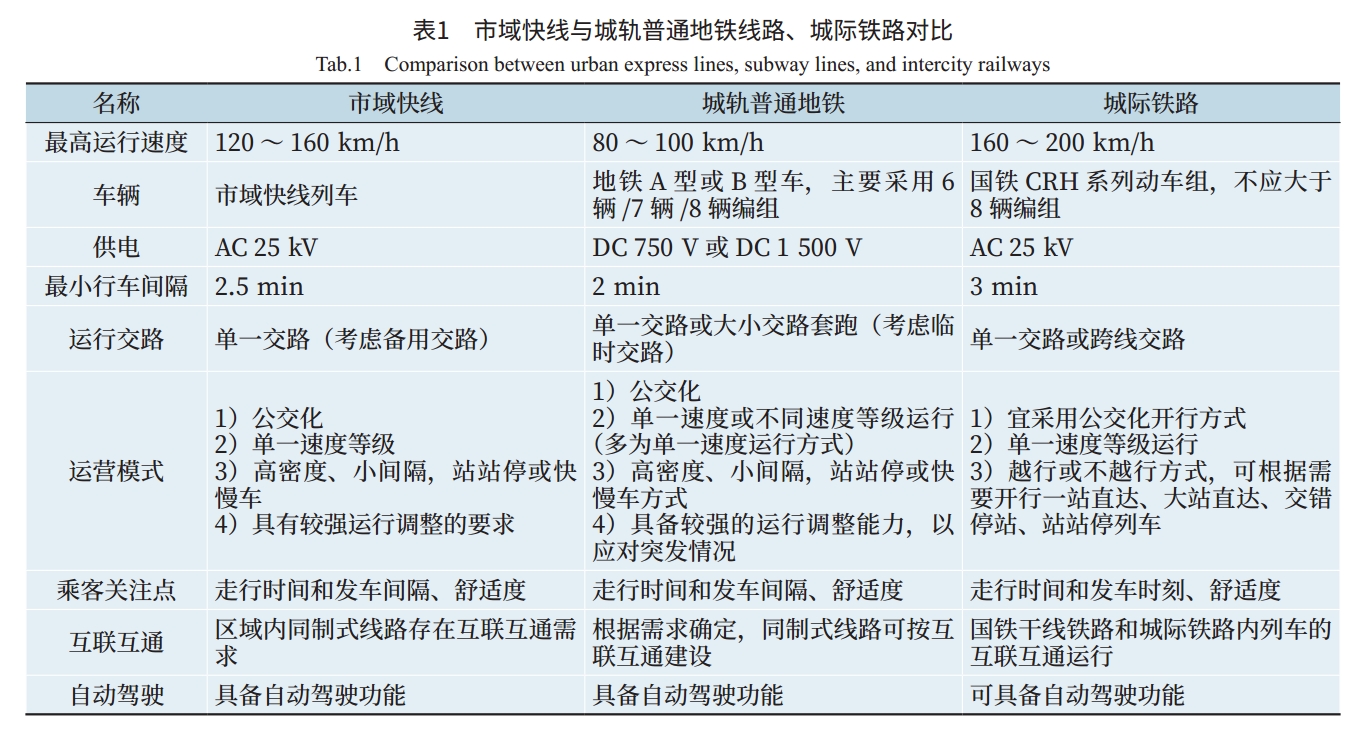


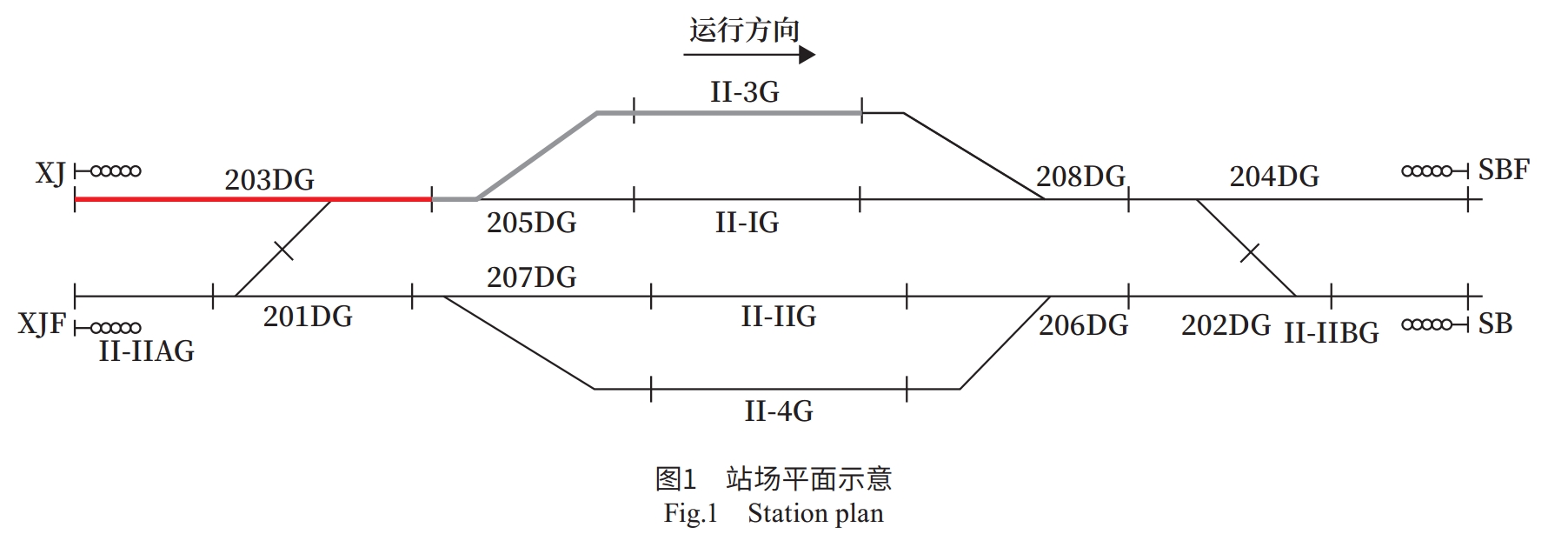

07-0122-05_pic.jpg)
